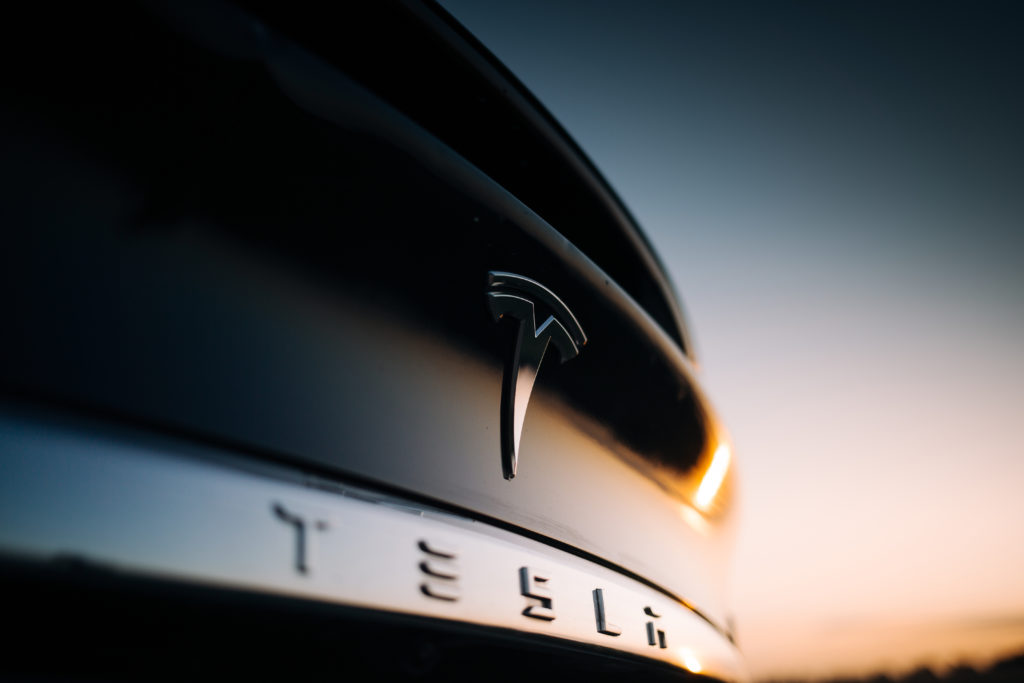
Tesla must shut down its global operations epicenter–the famous Fremont factory–due to growing coronavirus concerns, despite Elon Musk’s call to keep business running as usual.
The electric car manufacturer had just released its millionth electric car off the assembly line when the Alameda County Sheriff’s Department deemed the factory not “essential,” and the plant’s employees were told they must adhere to the shelter-in-place mandate that was given on March 17th.
The Fremont Police Department and the Alameda County Public Health Department are responsible for enforcing this order at the plant. This demand will send 10,000 of the Fremont factory’s workers home.
“Tesla can maintain minimum basic operations per the Alameda County Health Order,” said the sheriff’s department.
The mandate’s effect on the factory came one day after Elon Musk severely downplayed the virus and its impact. Musk has been working to keep operations underway in any way possible.
“I’d like to be super clear that if you feel the slightest bit ill or even uncomfortable, please do not feel obligated to come to work,” said Musk in a staff email on March 16th. “I will personally be at work, but that’s just me.”
Musk planned to keep Tesla Inc’s factory and its other operations throughout California open for as long as he could, and the company’s head of human resources explained that Tesla’s manufacturing and energy infrastructure were considered crucial. Both said the factory would continue operations despite the stay-at-home order throughout the Bay Area.
“Tesla and our supplier network will continue operations that directly support factory production, vehicle deliveries, and service,” wrote the company’s North American HR chief, Valerie Capers Workman.
Musk even went so far as to Tweet in early March that “the coronavirus panic is dumb.” The company had, up until that point, said little about how it planned to handle concerns surrounding the virus, although other automakers throughout the country had made much quicker public decisions.
“My frank opinion remains that the harm from the coronavirus panic far exceeds that of the virus itself,” said Musk in his email. “If there is a massive redirection of medical resources out of proportion to the danger, it will result in less available care to those with critical medical needs, which does not serve the greater good.”
From this standpoint, plant manager Justin Kirkland also wrote to employees on March 16th, saying that they should report to work unless otherwise directed from the company. In another email, employees were told that they would need to use their vacation days if they decided to follow the shelter in place order, and, if they were to run out of those days, they would need to contact human resources.
Only businesses deemed essential are supposed to remain operating, such as grocery stores and pharmacies. However, there is currently no exemption for car manufacturers in regards to the orders that were issued on March 16th, and which took full effect after midnight the following day.
“Tesla can maintain minimum basic operations per the Alameda County Health Order,” said the sheriff’s department in a Tweet.
Businesses deemed nonessential–like Tesla–are still able to continue the “minimum necessary activities to maintain the value of the business’ inventory, ensure security, process payroll and employee benefits, or for related functions,” as well as the “minimum necessary activities to facilitate employees of the business being able to continue to work remotely from their residences.”
The order also states that social distancing, or the maintenance of a six-foot separation between individuals at all times–must also take place.
Tesla has not yet released its expected production and delivery numbers for the first quarter. In January, the company stated that its deliveries would most likely “comfortably” exceed 500,000 units for 2020. RBC Capital Markets analysts are now saying that they expect the company to deliver only around 365,000 cars, which would be a decrease from its 2019 total deliveries.
Additionally, Tesla shares fell 7.8% as of March 17th in New York, which eradicated their intraday trading gains for 2020. As of February 19th, Tesla stock was up 119% for the year.
Regardless, Musk continues to reiterate that his main concern is for the lack of medical supplies and care that could come from an unnecessary amount of panic around COVID-19.
“If we over-allocate medical resources to (the) corona(virus),” he Tweeted, “it will come at (the) expense of treating other illnesses.”



